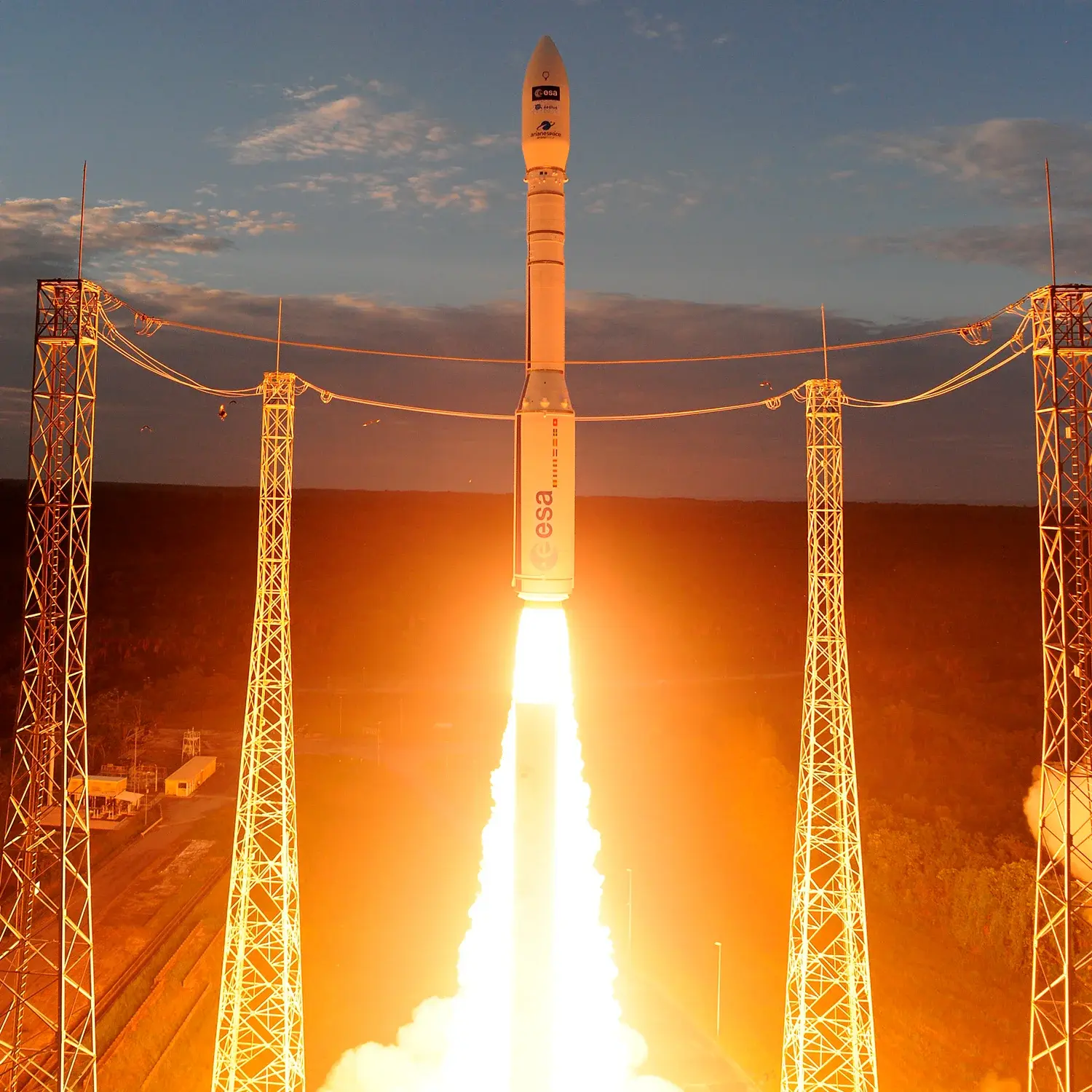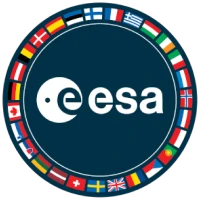Taranis & Seosat
Launch Failure
Liftoff Time (GMT)
01:52:20
Tuesday November 17, 2020
Watch Replay
Official Livestream
Mission Details
Read Article
Launch Notes
Flight VV17. AVUM 4th stage lost attitude control during burn due to wrongly connected electrical wiring of electro-mechanical actuators controls for the 4th stage Thrust Vector Control (TVC) system. Both payloads re-entered the atmosphere before making a complete orbit.
Taranis
Taranis, named after the Celtic god of lightning and thunder, is an observation satellite of the French Space Agency (CNES) that will study the transient events produced in the Earth's atmospheric layer between 10 kilometres and 100 kilometres altitude. The satellite is intended to collect data on transient events that are observed during thunderstorms. These events are happening between the medium and upper atmosphere, the ionosphere, and the magnetosphere (radiation belts). The resulting phenomena in visible light are called Transient Luminous Events (TLE) and take a great diversity of forms (elves, halos, blue jets) varying in color, shape, and duration. Thunderstorms are also known to generate gamma and X-ray emissions called Terrestrial Gamma-Ray Flashes (TGF), generated by intense electric fields in which the electrons are accelerated to the point of reaching an energy of up to 30 MeV. The link between TLEs and TGFs is one of the scientific questions of the TARANIS mission. Lightning-induced Electron Precipitations (LEP) will also be studied. All these events have associated electromagnetic wave emissions that will be investigated as well. The Atmosphere-Space Interaction Monitor will operate at the same time as TARANIS and will provide complementary observations.
Sun-Synchronous Orbit
1 Payload
175 kilograms
Seosat (Ingenio)
Ingenio (or SEOSat/Ingenio) is a Spanish project to produce a satellite capable of providing wide-field imagery (230 60 km × 60 km frames a day) at 2.5 m panchromatic resolution and 10 m colour resolution, from a sun-synchronous polar orbit; it is Spain's first optical imaging satellite. The satellite is part of the Spanish Earth Observation Satellite program.
Sun-Synchronous Orbit
1 Payload
750 kilograms
Launch Site
Stats
Vega
17th
Mission
2nd
Mission of 2020
European Space Agency
280th
Mission
5th
Mission of 2020
2020
93rd
Orbital launch attempt

